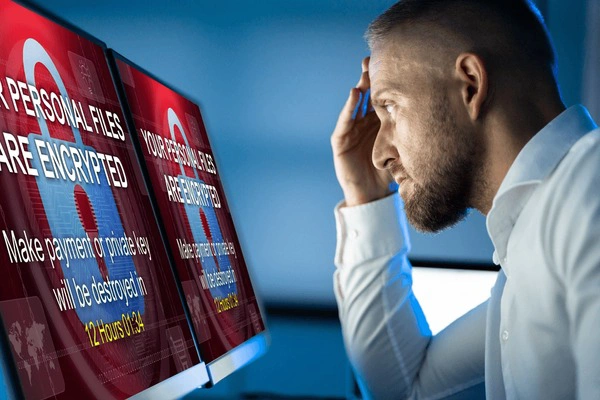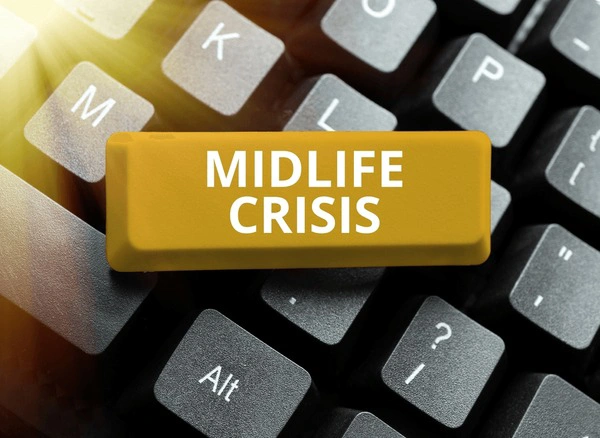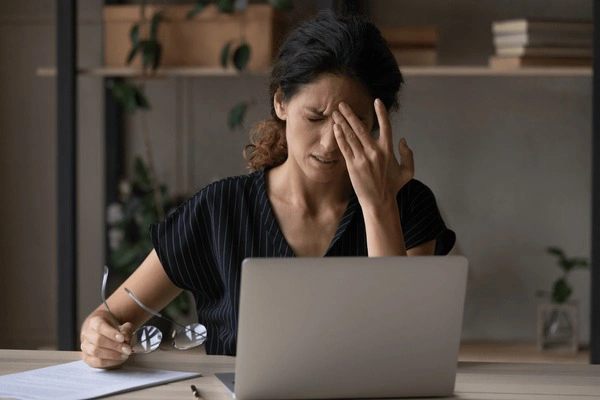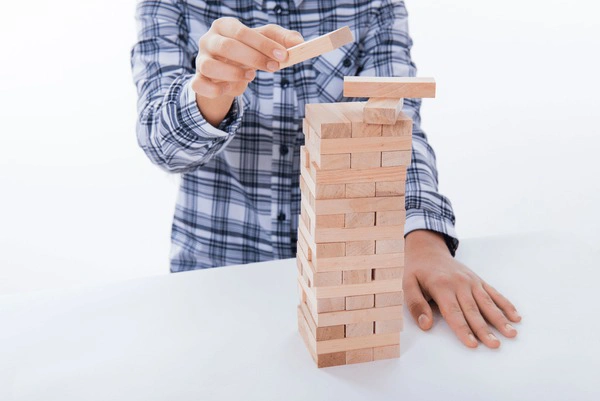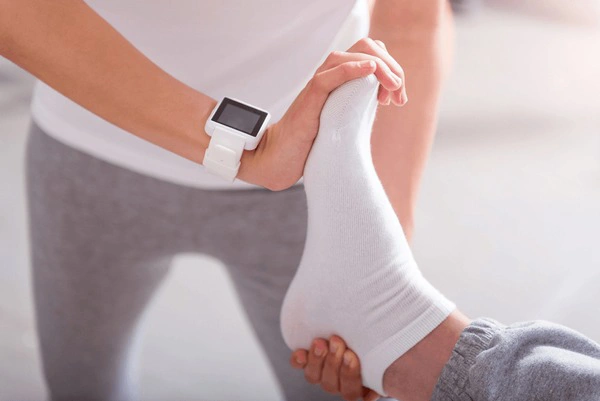
Harnessing the Power of Physical Activity for Stress Relief and Mental Well-being
Regular exercise not only benefits physical health but significantly reduces stress and enhances mental well-being. By understanding and harnessing the power of physical activity, adults can improve their daily lives and mental outlook through simple, enjoyable routines.
Mia Gomez
04/12/2024 - 7 months ago

The Connection Between Physical Activity and Stress Reduction
Physical activity is more than just a way to stay fit — it’s a powerful tool for managing stress. Engaging in regular exercise releases endorphins, known as the brain's feel-good neurotransmitters. These endorphins interact with the receptors in your brain to reduce your perception of pain and, importantly, trigger a positive feeling in the body, often referred to as a "runner’s high."
Incorporating physical activity into your routine can be a simple yet effective way to combat stress. Activities like walking, jogging, or cycling can elevate your mood and help you manage stress levels more efficiently. Even gardening or performing household chores can be classified as physical activities that contribute to stress reduction. The key is consistency, as regular activity promotes a sense of accomplishment and control, which are crucial in managing stress.
Stress often affects your body and mind in ways that might not be immediately noticeable. Long-term exposure to stress can lead to health problems such as hypertension, heart disease, obesity, and diabetes. Physical activity acts as a natural and effective defense mechanism, reducing the body's stress hormones, such as adrenaline and cortisol, which are responsible for the fight-or-flight response.
Enhancing Mental Health Through Exercise
Exercise is not only crucial for physical health but also plays a significant role in enhancing mental health. Regular physical activity is associated with lower levels of depression and anxiety. It provides an opportunity to socialize and meet new people, which is essential for improving mental well-being.
When you engage in physical activity, your body undergoes several changes that can positively affect your mood and mental outlook. The increased blood flow to the brain that occurs during exercise helps to improve brain function. This can lead to an increase in self-esteem and confidence as you see improvements in your physical abilities and appearance.
Moreover, exercise can serve as a distraction, allowing you to find some quiet time to break out of the cycle of negative thoughts that feed depression. It can also be a healthy coping mechanism, providing a sense of purpose and accomplishment. This is particularly beneficial for adults with busy lives, as it offers a constructive way to channel energy and emotions.
Simple Ways to Incorporate Physical Activity into Daily Life
Incorporating physical activity into your daily routine doesn’t require a gym membership or fancy equipment. Start with small changes to your everyday habits, like taking the stairs instead of the elevator or parking further from your destination to add extra steps to your day. These small adjustments can accumulate to make a significant impact on your stress levels and overall mental health.
Consider finding activities that you enjoy, such as dancing, swimming, or even playing a sport with friends or family. Enjoyable activities are more likely to be sustained over time, increasing the likelihood of reaping the mental health benefits. Remember, the goal is to make physical activity a regular and enjoyable part of your lifestyle.
Setting realistic goals and tracking your progress can also motivate you to stay active. Use a journal or an app to record your activities and celebrate your achievements, no matter how small. This not only helps in keeping you motivated but also provides a sense of accomplishment and improvement over time.
Overcoming Barriers to Physical Activity
Many adults face barriers to engaging in regular physical activity, such as time constraints, lack of motivation, or limited access to facilities. However, understanding these barriers and finding creative solutions can help you overcome them. For instance, incorporating short, 10-minute bursts of activity throughout the day can be just as effective as longer sessions.
Another common barrier is the misconception about what constitutes physical activity. Many believe it must be intense or structured, but any movement that raises your heart rate counts. This includes playing with children, cleaning the house, or even dancing in your living room.
Support from family and friends can also be a powerful motivator. Encourage those around you to join in your physical activities, creating a support system that holds you accountable and makes exercise a shared, enjoyable experience. By addressing and overcoming these barriers, you pave the way for a healthier, less stressful life.




